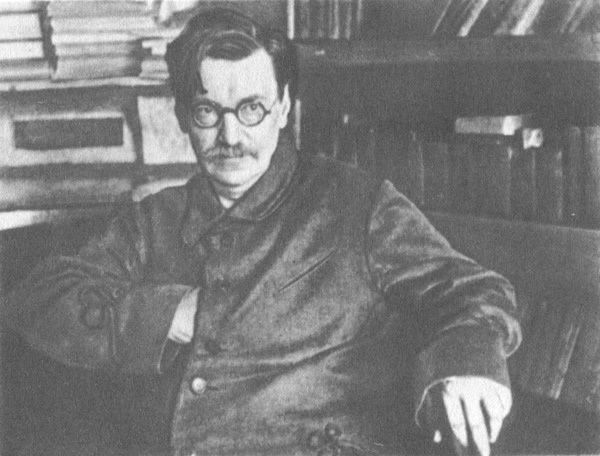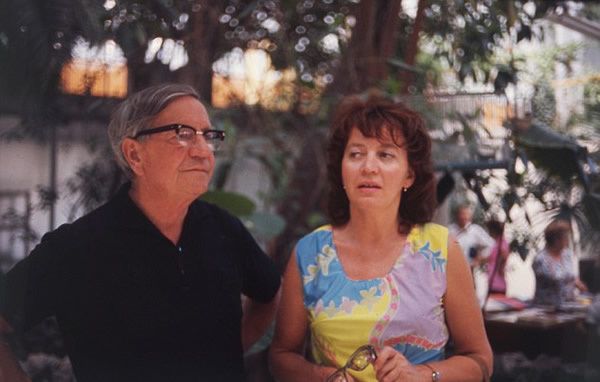Stewart Graham Menzies was born in London into an immensely wealthy family, as the second son of John Graham Menzies and Susannah West Wilson, daughter of Arthur Wilson of Tranby Croft. His grandfather, Graham Menzies, was a whisky distiller who helped establish a cartel and made huge profits. His parents became friends of King Edward VII who at the time was rumoured to be Menzies' father, though this likely was not the case. Menzies was a nephew of Robert Stewart Menzies. But Menzies' father was dissolute, never established a worthwhile career, and wasted his share of the family fortune; he died of tuberculosis in 1911 in his early 50s, leaving only a minimal estate.
Menzies was educated at Eton College, becoming president of the student society Pop, and graduating in 1909. His achievements were in sports, he excelled at hunting and cross country running; and he was also an excellent student. From Eton he joined the Grenadier Guards as a Second Lieutenant. After a year with this regiment, he transferred to the Second Life Guards (British Army). He was promoted to Lieutenant and appointed Adjutant by 1913. During World War I he served in France. He was wounded at Zandvoorde in October 1914, and fought gallantly in the First Battle of Ypres, November 1914. Menzies was promoted to captain on 14 November, and received the DSO in person from King George V on 2 December.
Menzies' regiment was decimated during fighting in 1915, suffering very heavy casualties in the Second Battle of Ypres. Menzies was seriously injured in a gas attack in 1915, and was honorably discharged from active combat service. He then joined the counterintelligence section of Field Marshal Douglas Haig, the British commander. In late 1917 he reported to high British leadership that Haig's intelligence chief Brigadier John Charteris was fudging intelligence estimates, which soon led to Charteris' removal. This whistle-blowing was apparently done very discreetly. Menzies was promoted to brevet major before the end of the war.
Following the end of the war, Menzies entered MI6 (also known as SIS). He was a member of the British delegation to the 1919 Versailles Peace Conference. Soon after the war, Menzies was promoted to lieutenant-colonel of the Imperial General Staff, General Staff Officer, first grade. Within MI6, he became assistant director for special intelligence. Admiral Hugh Sinclair became director-general of MI6 in 1924, and he made Menzies his deputy by 1929, with Menzies being promoted to full colonel soon afterwards. In 1924, Menzies was allegedly involved — alongside Sidney Reilly and Desmond Morton — in the forging of The Zinoviev Letter. This forgery is considered to have been instrumental in the Conservative Party's victory in the United Kingdom general election of 1924, which ended the country's first Labour government. In 1939, when Admiral Sinclair died, Menzies was appointed Chief of SIS. He expanded wartime intelligence and counterintelligence departments and supervised codebreaking efforts at Bletchley Park. Before World War II, the SIS had been a relatively minor and uninfluential branch of the British government; budgetary pressures after World War I and during the 1930s years of the Great Depression were the main reasons for this.
When World War II began, SIS expanded greatly. Menzies insisted on wartime control of codebreaking, and this gave him immense power and influence, which he used judiciously. By distributing the Ultra material collected by the Government Code & Cypher School, for the first time, MI6 became an important branch of the government. Extensive breaches of Nazi Enigma signals gave Menzies and his team enormous insight into Adolf Hitler's strategy, and this was kept a closely held secret, not only during the war, but until as late as 1974. Frederick Winterbotham's 1974 book The Ultra Secret lifted the cloak of secrecy at last. The Nazis had suspicions, but believed Enigma to be unbreakable, and never knew during the war that the Allies were reading a high proportion of their wireless traffic.
Menzies kept Prime Minister Churchill supplied daily with important Ultra decrypts, and the two worked together to ensure that financial resources were devoted towards research and upgrading technology at Bletchley Park, to keep pace with Nazi coding refinements, as well as directing talented workers to the massive effort, which employed nearly 10,000 workers by 1945. Bletchley's efforts were decisive in the battle against Nazi submarine warfare, which was severely threatening trans-Atlantic shipping, particularly in the first half of 1943. Britain, which was cut off from Europe after mid-1940, was almost completely dependent on North American supplies for survival. The access to Ultra was also vitally important in the battle for Normandy, leading up to D-Day in June 1944, and afterwards.
Menzies has been suspected as being involved with the assassination of François Darlan, the Vichy military commander who defected to the allies in Algeria. British historian David Raynolds noted in his book, "In Command of History", that Menzies - who rarely left London during the war - was in Algiers around the period he was killed, making SOE involvement seem likely. Furthermore, Darlan's assassin, La Chapelle, had been a member of the resistance group led by Henri d'Astier. Menzies, who was promoted to major-general in January 1944, also supported efforts to contact anti-Nazi resistance, including Wilhelm Canaris, the anti-Nazi head of Abwehr, in Germany. Prime Minister Winston Churchill was kept informed of these efforts throughout the war, and information from and about the Nazi resistance was exploited tactically. Menzies coordinated his operations with SOE (although he reputedly considered them "amateurs"), BSC, OSS and the Free French Forces.
After the war, Menzies reorganised the SIS for the Cold War. He absorbed most of SOE. He was sometimes at odds with the Labour governments. He also had to weather a scandal inside SIS after revelations that SIS officer Kim Philby was actually a Soviet spy, although this came after Menzies had retired. After 43 continuous years of service in the British Army, Menzies retired to rural Wiltshire at 62 in mid-1952. Menzies was certainly adept at bureaucratic intrigue, a virtual necessity in his position, but his efforts as 'C' had a major role in winning World War II, as evidenced by his nearly 1,500 meetings with Prime Minister Churchill during the war. His first marriage was in 1918 to Lady Avice Ela Muriel Sackville, younger daughter of Gilbert Sackville, 8th Earl De La Warr and Lady Muriel Agnes Brassey, daughter of Thomas Brassey, 1st Earl Brassey. They were divorced in 1931, when she left him for another man. His second wife Pamela Thetis Beckett (d. 13 March 1951), fourth daughter of the Honourable Rupert Evelyn Beckett by his wife Muriel Helen Florence Paget, daughter of Lord Berkeley Charles Sydney Paget, himself a younger son of the 2nd Marquess of Anglesey, whom he married in 13 December 1932, was an invalid for many years, suffering from clinical depression and anorexia nervosa, but she bore him his only child, a daughter, Fiona, in 1934.
His third marriage was in 1952 (as her fourth husband) to Audrey Clara Lilian Latham (b. 1899), formerly wife of Sir Henry Birkin, 2nd Bt. (and two other men), and daughter of Sir Thomas Paul Latham, 1st Bt.. Stewart and Audrey were both over age 50 at the time of their marriage, each had separate estates (his in Wiltshire, west of London, hers in Essex, east of London), and they for the most part lived separately, but they met in London for dinner each Wednesday. By his third marriage, he had two stepdaughters Pamela Buxton (later wife of Lord Buxton of Alsa) and Sara Hanbury. Anthony Cave Brown also reports that Menzies had a long-standing affair with one of his secretaries, which he ended upon retirement (and presumably re-marriage) in 1952; the secretary apparently tried to kill herself at that time. Menzies died 29 May 1968.

























